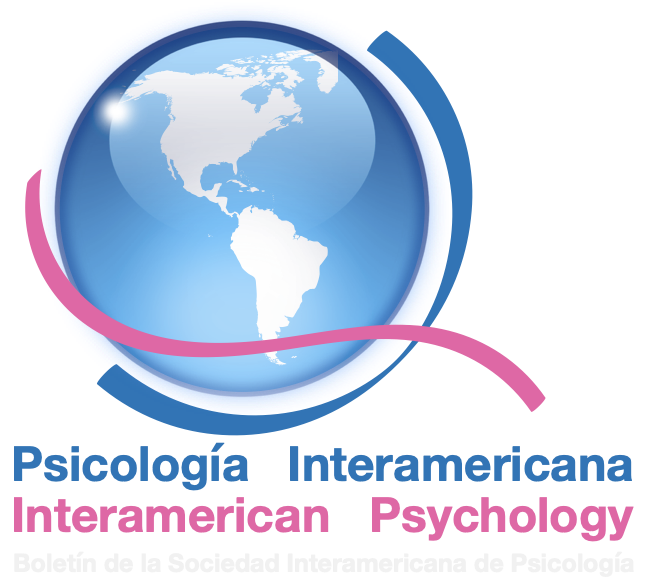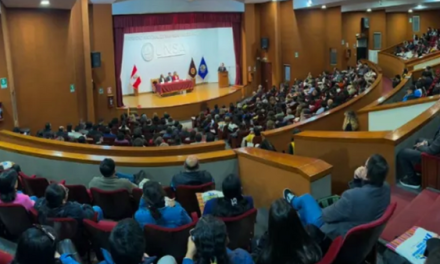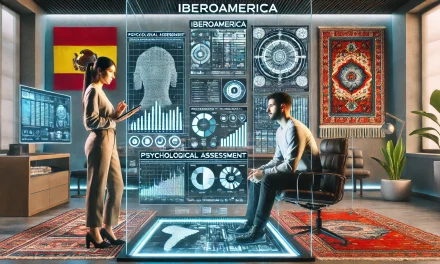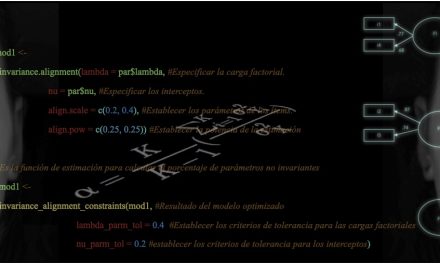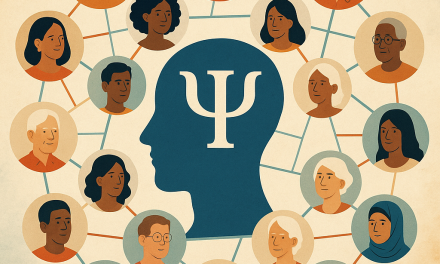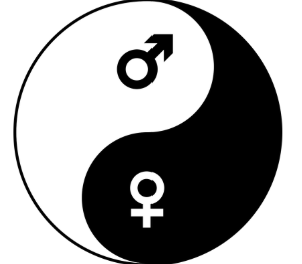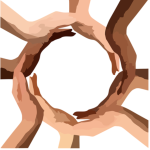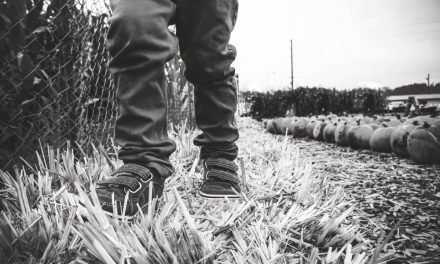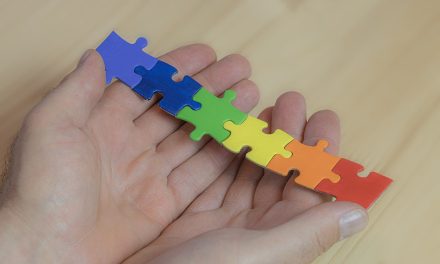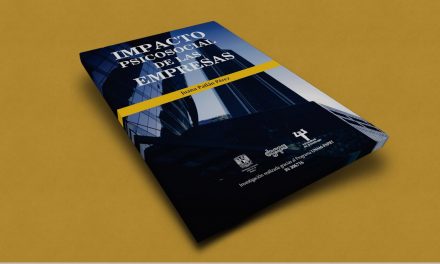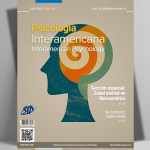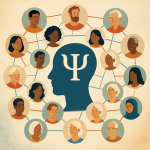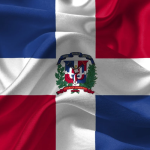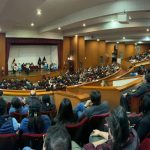
Adolescents and Their Sense of Community in Schools and Neighborhoods
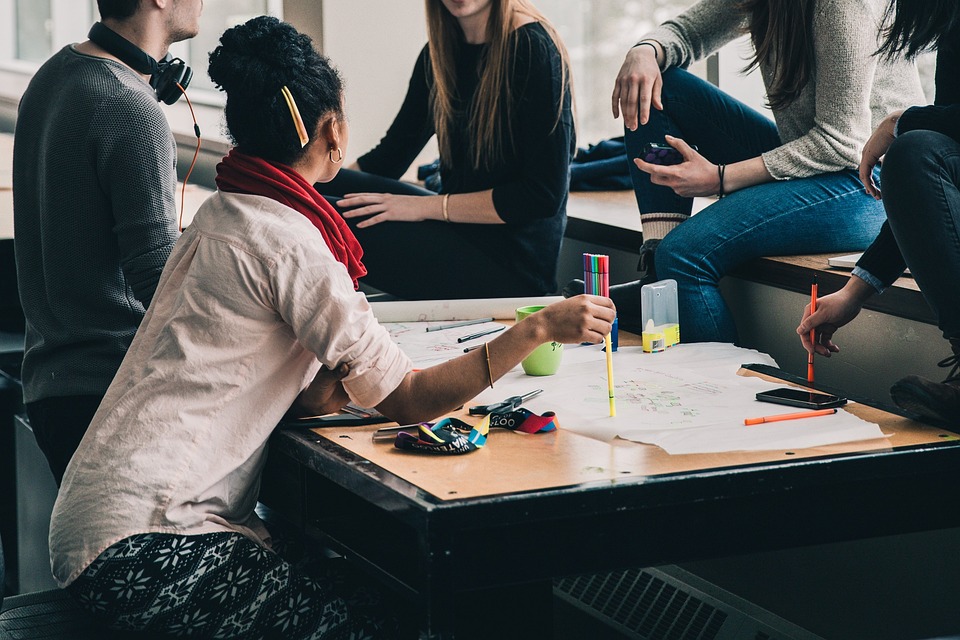
Denise Oyarzún Gómez. Chile
Schools and neighborhoods are relevant environments in the lives of adolescents and in these it is possible to develop different communities. The sense of community refers to people’s sense of belonging, of the importance they attach to each other and to the group, and that needs will be met through a commitment to be together. During covid-19, the physical environments of neighborhoods and schools were transferred to the virtual ones of the home transforming the way of feeling community.
The objective of the study was to describe the perceptions of the sense of community at school and in the neighborhood during covid-19 in students aged 14 to 18 years from public, subsidized and private schools in the Metropolitan Region of Chile. With a qualitative, descriptive and transversal methodology, using the virtual photoprovocation technique, youth perspectives were analyzed through thematic analysis. The results show that the perceptions on the sense of belonging, emotional connection and satisfaction of needs are maintained. For the students, the change from the physical school space to the familiar space and the lack of face-to-face interpersonal relationships with peers and teachers have influenced their lives. Negative affects emerge in contrast to the positive ones of school life referring to the belongingness of the physical space. One of the most novel findings was that no differences were observed in the perceptions of the sense of community in the school according to its type. While the results of the sense of community in the neighborhood did show differences for young people attending public schools and residing in a community with high rates of multidimensional poverty, but which generated interdependent actions among neighbors, including young people. The pandemic was an opportunity to generate a new understanding of sentiments in the communities.
reference
Oyarzún-Gómez, D., & Dauvin-Herrera, C. (2023). Sentido de comunidad de adolescentes en escuelas y barrios durante el covid-19. Revista Latinoamericana de Ciencias Sociales, Niñez y Juventud, 21(3), 265-286. Https://doi.org/10.11600/rlcsnj.21.3.5298
Contact: denise.oyarzun@ucentral.cl
